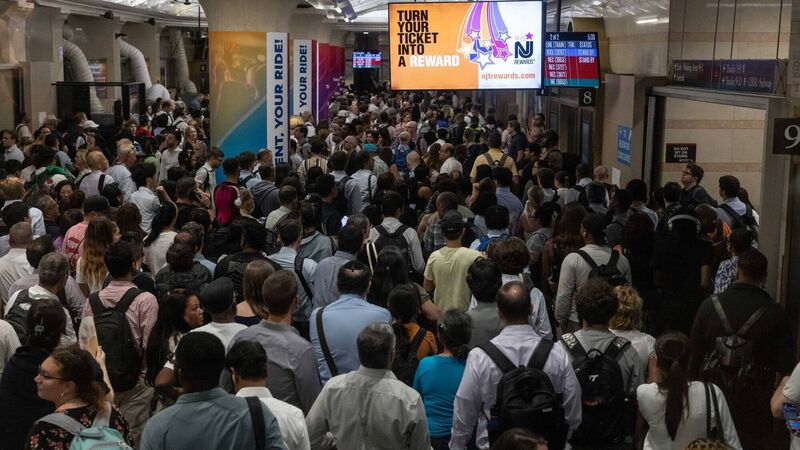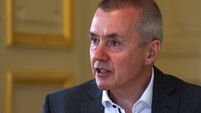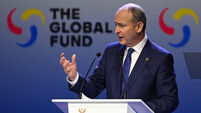David McNamara: Federal Reserve rate decision hinges on US payrolls

Surveys suggests that the US economy is still adding jobs, albeit at a more moderate pace
With rate futures broadly settled following the late summer re-pricing in August, this week’s US payrolls data remains the key pivot point as the Fed embarks on its rate-cutting cycle.
While bets on a 50 bps cut in September have been pared back by markets in recent weeks, there still remains an outside chance that the Fed could decide on a larger cut if the payroll data deteriorates further in August.
However, the weight of evidence from lead indicators, such as jobless claims and employment surveys, suggests that the US economy is still adding jobs, albeit at a more moderate pace than H1 2024.
Furthermore, recent guidance from Fed policymakers suggests they will proceed cautiously in the coming months. As we move into the final months of the year, it’s worth taking stock of where central banks are at, and what that might mean for currencies in the near term.
Depending on the all-important payrolls, the Fed is likely to cut rates by 75 basis points (bps) by end-2024. This brings the Fed Funds range to 4.50-4.75% by year-end.
In the Eurozone, a further 50bps of cuts by the ECB following its first 25bps cut in June would bring the deposit rate to 3.25% by the end of 2024, while the Bank of England (BoE) is also expected to proceed cautiously, with a further 50bps of cuts following its 25bp cut in August, bringing the BoE rate to 4.5% by the end of this year.
On currencies, further modest weakening in the dollar from historic highs could be in store, as both US GDP growth and interest rates begin to converge with other majors.
In terms of other major FX pairs, sterling could exhibit some near-term strength against both the dollar and euro, as the rate-cutting cycle proceeds more slowly at first and the UK economy continues to bounce back from last year’s recession.
Underlying these potential trends is a relatively benign macro environment; however, a flare-up in geopolitical or trade tensions would likely underpin renewed dollar strength, and this remains the risk to the outlook for currencies.
Turning to the week ahead, the aforementioned US payrolls report for August will be the highlight. This month’s jobs report carries even more importance than usual, given the Fed has signalled that it is now placing equal weight on both sides of its dual mandate, as it prepares to embark on an easing cycle.
The unemployment rate has been trending higher since January, albeit this is partly due to an increase in the size of the labour force. Nevertheless, it rose to 4.3% in July, its highest level since October 2021, and up from 3.7% at the start of 2024.
- David McNamara is Chief Economist with AIB














